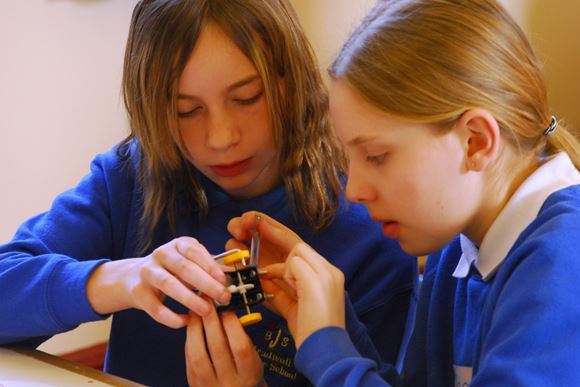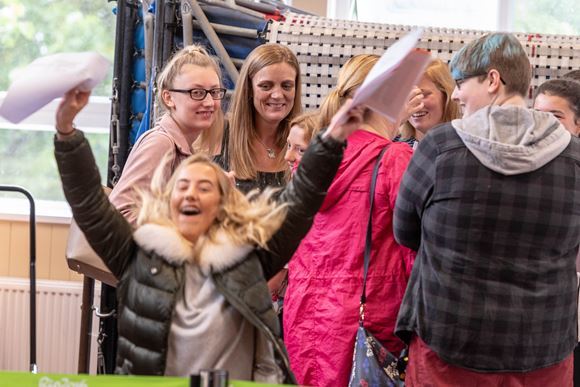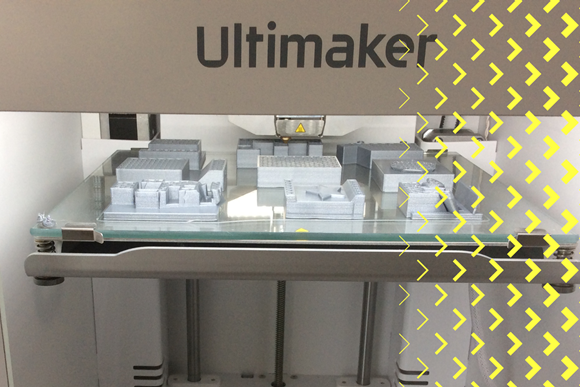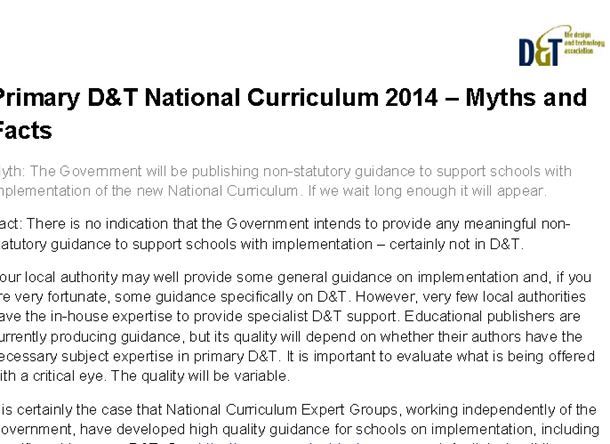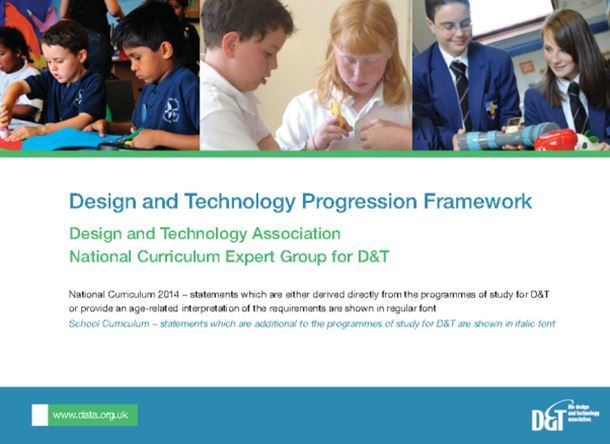Are you really teaching D&T?
Published 4th August 2014
Written by: Gareth Pimley
Are you really teaching D&T?
Or are children getting a poorly conceived, watered down version of the subject, asks Gareth Pimley, lead primary consultant for the Design and Technology Association…
Egyptian shadufs and sarcophagi. Viking longboats and Greek vases. Replicas, reproductions and representations. Imitations, duplications and decorations. Form without function, products without a purpose, craft without a client. D&T dumbed down.
Have you ever wondered whether the design and technology project you are teaching is, in fact, design and technology? Some ‘design and technology’ activities might be more accurately described as art and design or history or science. In some cases, the ‘D&T’ experiences children are being offered may not belong to the primary curriculum at all. In short, there is far too much ‘D&T’ being taught in England’s primary schools that simply isn’t D&T.
When does it go wrong? First, when a project is restricted to making (without any designing), leading to a craft-based activity. Children are asked to produce a replica, such as a model Tudor house. Second, when children produce something that is purely aesthetic, such as a decorative clay tile. This is completely unsatisfactory from a D&T point of view as it has no functional features that can be evaluated in use. Finally, where there is no user or purpose in mind. For example, when children make a food product without thinking about the preferences of those who will consume it or the occasion when it will be eaten.
Anyone who has a role in D&T education may share some of the responsibility for this situation. Those who have provided training for D&T over the last 20 years (and I include myself in this!) have failed to clearly communicate the unique nature of the subject to primary schools. This has been exacerbated by a scarcity of CPD opportunities and the inadequate time most trainees have to prepare to teach D&T during initial teacher education.
Governments – past and present – have added to the confusion. The previous government’s Rose review, although scrapped, did a pretty good job of muddying the waters for D&T by melding it with both the arts and science, and then just with science … and the current government’s first draft of the 2014 programmes of study showed a basic misunderstanding of the subject.
In primary schools, the widespread adoption of a topic-based approach to curriculum planning has often led teachers to ask ‘how do we fit D&T in?’ Whilst it is important to say that D&T can be taught effectively through topic work, too often the subject is shoehorned into the termly theme, with essential ingredients lost in the process. Curriculum coverage and progress in children’s learning are also casualties of a ‘make anything as long as it fits in with your topic’ style of planning.
How will we put things right? The new National Curriculum for D&T provides a fresh start. Thankfully, the government listened carefully to expert advice from the D&T Association and others during the National Curriculum review, and the final, statutory programmes of study provide a sound basis for teaching the subject. What’s more, the new requirements now clearly articulate the unique nature of D&T. A good place to start with implementing the new curriculum is a straightforward definition for the subject, the three Ss – design and make Something, for Somebody for Some purpose.
For a belt and braces approach, take a look at School Curriculum Principles for D&T developed by the Expert Advisory Group for design and technology. This free guidance (available from data.org.uk) exemplifies six principles: user, purpose, functionality, innovation, design decisions and authenticity. These are consistent with the new National Curriculum and really nail down the essential characteristics of the subject in an accessible and helpful way.
The products of design and technology impact on every moment of our lives. The chair you are sitting on now, the clothes you are wearing, the food you have eaten today – real products designed by real people, for real people, for a real purpose. Let’s aim to make children’s experience of D&T as real as we possibly can.
comments powered by Disqus Back to Blog


